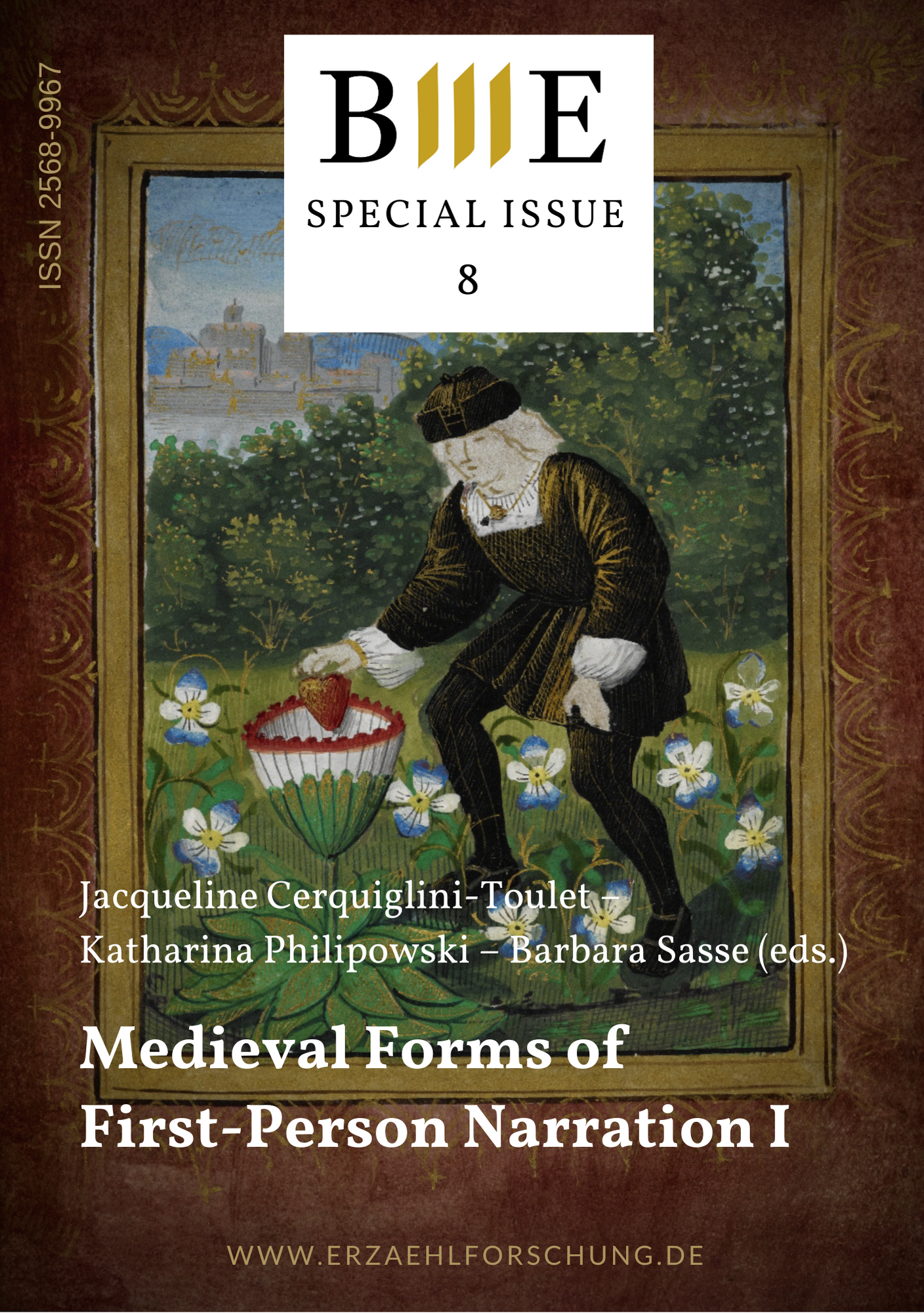Le songe-cadre à la première personne: un format multivalent?
DOI:
https://doi.org/10.25619/BmE20203149Abstract
The study of the ‹Dit de la Panthere› by Nicole de Margival and of the ‹Voie d’Humilité› by Rutebeuf shows that the dream-frame is a rhetorical mould, adaptable to very different narrative contexts. After studying the difference of inspiration of the two dits, it is shown that they are linked to the ‹Roman de la Rose› by intertextuality reports. Formulated at the first person, they use the same rhetorical pattern, the same processes of allegorical writing and promote the author in the margins of the narrative. The dream-frame is a plastic form, whose success can be explained by its ability to cut across the literary genres, to teach covertly the most various knowledge, and to create images that reveal the visionary powers of the artist.
Downloads
Veröffentlicht
Ausgabe
Rubrik
Lizenz
Copyright (c) 2020 Mireille Demaules

Dieses Werk steht unter der Lizenz Creative Commons Namensnennung - Nicht-kommerziell - Keine Bearbeitungen 4.0 International.





